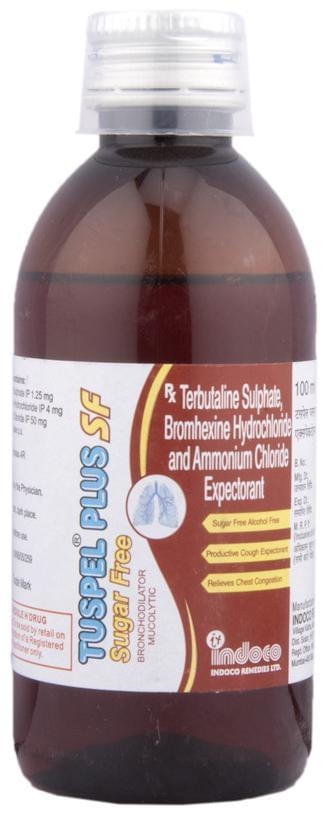Terbutaline, Bromhexine, Ammonium Chloride
Terbutaline is a bronchodilator, meaning it helps to widen the airways in the lungs by relaxing the surrounding muscles. It is commonly used in the treatment of asthma, chronic bronchitis, and emphysema, to help alleviate symptoms such as difficulty breathing, wheezing, and shortness of breath. Terbutaline can be taken in the form of inhalation, tablets, or injection, depending on the severity of the condition and the preference of the physician.
Bromhexine is an expectorant, meaning it helps to thin and loosen mucus, making it easier to cough up and clear the airways. It is typically used in the treatment of acute and chronic bronchitis, as well as other respiratory tract infections. Bromhexine works by irritating the lining of the airways, causing an increase in mucus production, which is then coughed up more easily. This medication is usually available in the form of syrup or tablets.
Ammonium Chloride is a compound that works as both an expectorant and an acidifier, meaning it not only helps to loosen mucus but also adjusts the acidity of the airways, which can further aid in mucus clearance. It is most commonly used in the treatment of chronic respiratory conditions such as bronchitis and emphysema, to help manage symptoms and improve lung function. Ammonium Chloride is available in the form of a syrup or tablet.
The combination of Terbutaline, Bromhexine, and Ammonium Chloride offers a multifaceted approach to the management of respiratory conditions, with bronchodilation, mucus thinning, and improved mucus clearance all working together to improve lung function and reduce symptoms.

Showing the single result
Showing the single result

